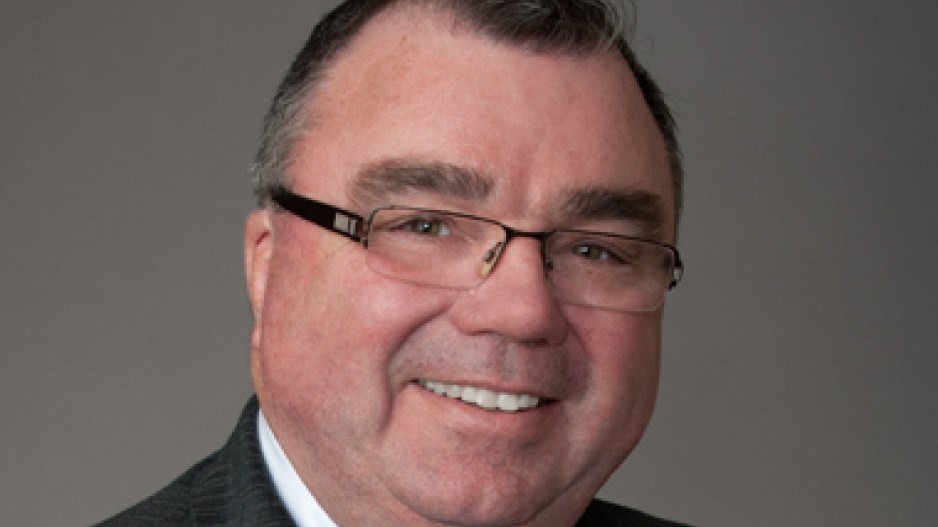Two new access-boosting bridges and financial incentives for developers have fuelled a significant rise in development applications and residential real-estate investment interest in Maple Ridge.
Real Estate Investment Network (REIN) president Don Campbell told Business in Vancouver August 14 that Maple Ridge is now the second best city in British Columbia, after Surrey, in which to invest – and the fifth best in all of Canada (see sidebar).
“It is one of those centres that has been impossible to get to, even though it is well positioned geographically in the Lower Mainland,” Campbell said. “Before the new bridges, it was really difficult to get from Maple Ridge to anywhere without a journey. That really kept a cap on real-estate prices. ”
REIN's studies rank municipalities on reliable cash flow for investors. That reliability stems from the growth of:
•gross domestic product;
•jobs; and
•population.
Campbell expects that the improved access to Maple Ridge will increase reliability for those with investment properties.
Mayor Ernie Daykin told Business in Vancouver that he expects the value of building permits in 2012 to exceed last year's $135 million.
“We're getting a lot of multi-family projects in part because we have an incentive program that is going into its second year both for multi-family and commercial development,” he said. “We want density and to have developers go green and have LEED [Leadership in Energy and Environmental Design] projects.”
The development incentives reduce permit fees and development cost charges. If multi-family projects are LEED certified, the eventual owners of the units will get a discount on municipal taxes.
“That way the incentives are both on the front end and on the back end,” Daykin said.
Maple Ridge developed a Smart Growth on the Ground study in 2003 and 2004 in partnership with the Design Centre for Sustainability at UBC and the Real Estate Institute of BC.
Back then, it had about 8,500 people in its city centre, Daykin said.
That neighbourhood's population has increased to about 11,000 now, and Daykin expects it to balloon to about 20,000 people within 10 years.
“Our downtown is a 10- to 15-minute walk from the West Coast Express,” he said. “People are also coming to Maple Ridge because of our livability and because we're more affordable than lots of areas in Metro Vancouver.”
The Golden Ears Bridge opened to traffic in June 2009. Four months later, four lanes of a new Pitt River Bridge also opened to general traffic. That subsequently expanded to three lanes for westbound and four lanes for eastbound vehicles.
The new Pitt River span ended years of traffic interruption caused by two old swing bridges that were periodically closed to vehicles to allow marine traffic to pass underneath.
“The new Pitt River Bridge means not having to worry about the bridge being stuck open,” Daykin said. “It has had an immediate impact of making the commute less challenging.”
Up until June, Maple Ridge's downtown centre neighbourhood had $41.3 million worth of new single-family construction applications.
It also had:
•more than $2 million worth of commercial applications;
•$464,000 in new industrial applications; and
•$694,000 in new institutional construction.
The neighbourhood also has a new fire hall, a casino that's under construction and an expansion to the Haney Place Mall that includes a new Thrifty Foods store and a planned expansion to accommodate a future Target. •
Top five cities in Canada in which to invest in residential real estate:
1) Calgary
2) Edmonton
3) Hamilton
4) Surrey
5) Maple Ridge
Top B.C. five cities in which to invest in residential real estate:
1) Surrey
2) Maple Ridge/Pitt Meadows
3) Kamloops
4) Abbotsford
5) Dawson Creek




